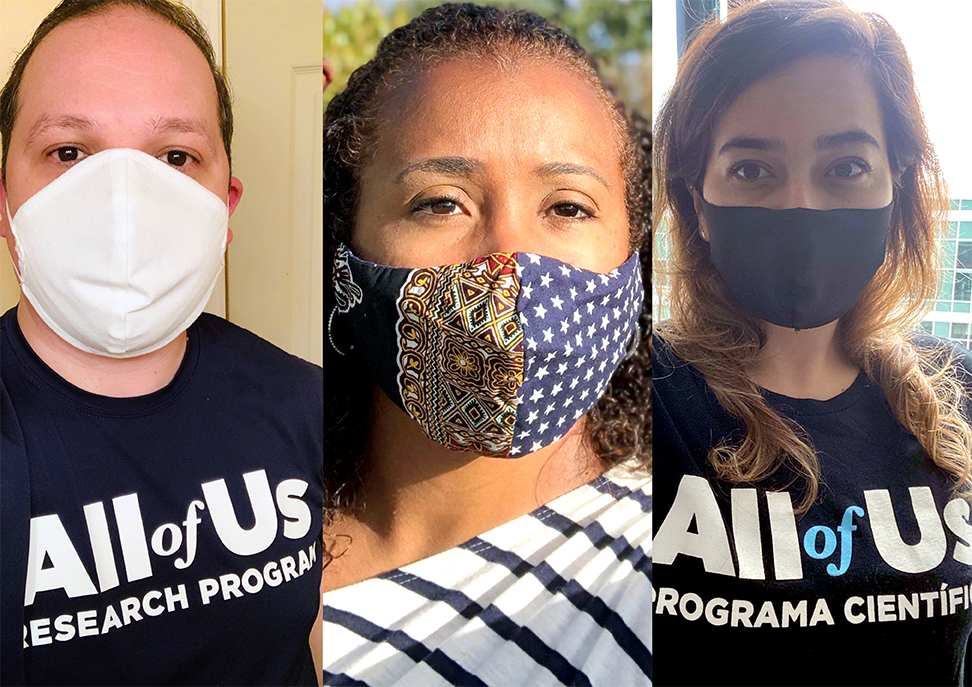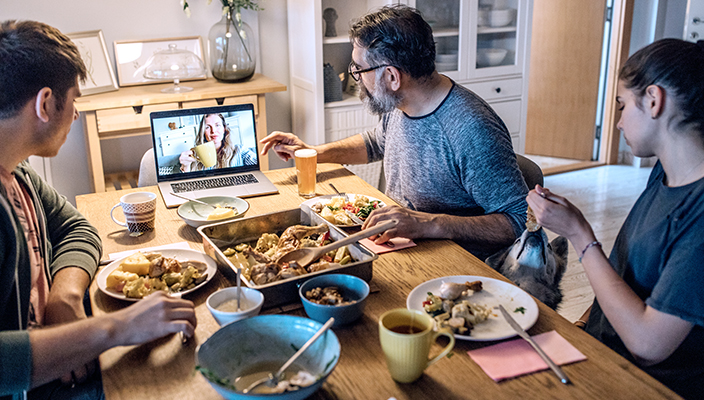Our nation and our world faced huge challenges this year. In response to COVID-19, we all had to make some major adjustments, including some changes to our program. But amid this hardship, the All of Us Research Program made some major strides. Read about some of the advances in 2020 that made us proud.
1. Returning DNA Results

All of Us was excited to start returning DNA results to participants this year! We had a lot of work to do to get ready for this step. We launched the new Consent to Receive DNA Results in participant accounts. You can choose whether you want to receive each type of results that we’ll return. We set up our Genetic Counseling Resource, which will help make sure you understand what the results mean. And researchers started to analyze DNA.
Now some participants have started to receive information on genetic traits and ancestry. Traits include things like whether you are likely to be lactose intolerant and whether your earwax is flaky or sticky. Ancestry is information on what part of the world your ancestors came from. To get results, you need to have provided blood or saliva samples and completed the Consent to Receive DNA Results. If you have taken those steps, but you haven’t started receiving results yet, stay tuned! If you choose to receive results, you’ll get them on a timeline that is specific to you. And you’ll get the results over time, not all at once.
2. Using Data for Research
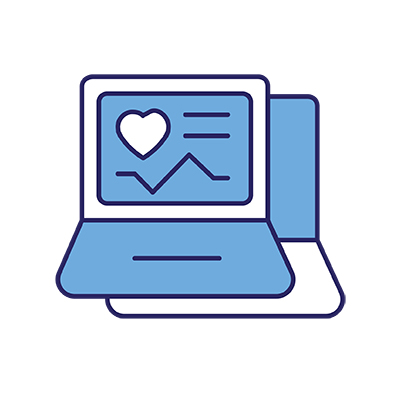
This year, researchers started to use All of Us participant data for studies. This is a crucial step toward fulfilling our mission to speed up health research. Making new discoveries doesn’t just require the data that our participants provide; it also requires researchers using the data. In May, we started inviting researchers to use the data by opening the All of Us Researcher Workbench.
This milestone came just two years after we began national enrollment. So far, more than 450 researchers have started exploring our data and tools! We want to make sure that researchers who use the data—just like our participants—are from diverse backgrounds. Check out the research projects that are currently under way.
The researchers aren’t just studying health questions. They’re also helping us improve the way we provide data to them. Their feedback will help us make the best Workbench we can. And that will help researchers learn more about why people get sick or stay healthy.
3. Launching the COVID-19 Participant Experience (COPE) Survey
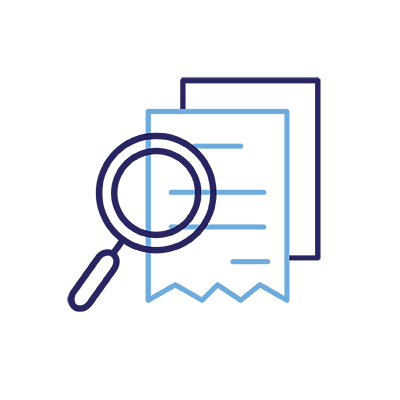
The COVID-19 pandemic has led to many changes. We want to know how experiences during the pandemic are affecting people’s lives, their health, and their communities’ health. So we launched a new survey to help find out. We first released the COPE survey in May.
We also wanted to understand how the pandemic’s effects change over time. We’ve released the survey five times this year. We asked participants to take each version of the survey. Between May and July, more than 62,000 participants took the survey!
We appreciate the information that participants are giving us. And participants find the survey to be helpful, too. Lenora, a participant from Milwaukee, Wisconsin, told us, “I appreciate All of Us acknowledging that these are different and difficult times for all of us. The COPE surveys show that the program is intentional in trying to gather information from all people but also intentional in trying to offer support to its participants in this unique time.”
We hope that you’ll take the survey every time it’s available. Your responses are valuable each time. You can take the latest version of the survey now! To take the COPE survey, log in to your All of Us account or sign up today. The survey will take about 10 minutes to complete. Thank you for helping us learn about your experiences this year. We plan to continue the COPE survey into January, and we look forward to your input.
4. Staying Connected During COVID-19
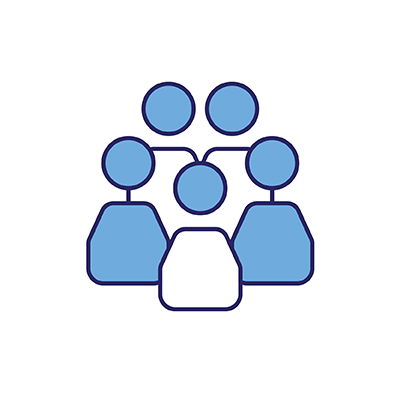
We’ve been checking in with participants this year. But participants have also been checking in with each other. Our national Participant Ambassadors (PAs) are a group of participants who give input on specific parts of All of Us. This year, we started holding “In This Together” calls with the PAs. They’ve talked about ways to cope, their activities in quarantine, and how they—and their communities—are doing.
Our community partners found new ways to connect, too. The community partners are organizations that work with us. They help their communities learn about All of Us. Here are just a few of the things they’ve been up to:
- The Asian Health Coalition launched a new training. The training helps organizations and sites across the All of Us consortium better engage Asian Americans, Native Hawaiians, and Pacific Islanders in their communities.
- The Community Council in Dallas, Texas, worked locally with the Friendship West Baptist Church. Together, the groups held a virtual event called “Sign of the Times: How Research Can Lead to Improved Minority Health Outcomes.” Speakers talked about research in minority communities, health disparities, and precision medicine.
- The Delta Research and Educational Foundation (DREF) has also taken its activities online. DREF held sessions for students at Historically Black Colleges and Universities (HBCUs). The sessions talked about research and how to stay healthy. DREF also cohosted a webinar series called “Rooted in Research.”
- FiftyForward started a series called the All of Us Online Café. The “cafés” have educated viewers about vaccine research and other topics. Speakers have discussed how vaccine trials work, why diversity in research matters, and issues of mistrust in research.
- To help families learn about COVID-19 and about All of Us, the National Alliance for Hispanic Health made a COVID-19 Bingo game. The game is in English and Spanish.
- PRIDEnet started hosting PRIDEnet Cafe, a monthly virtual event. Topics range from research to self-care. PRIDEnet also led trainings to help All of Us site staff better understand, welcome, and engage the LGBTQ+ community.
We’re grateful for our partners’ hard work and creativity. And we hope you’re finding ways to stay connected, too. (Check out the next story for some ideas!)
As you can see, we’ve taken some exciting steps this year. We look forward to building on that progress in the years to come. See you in 2021!





